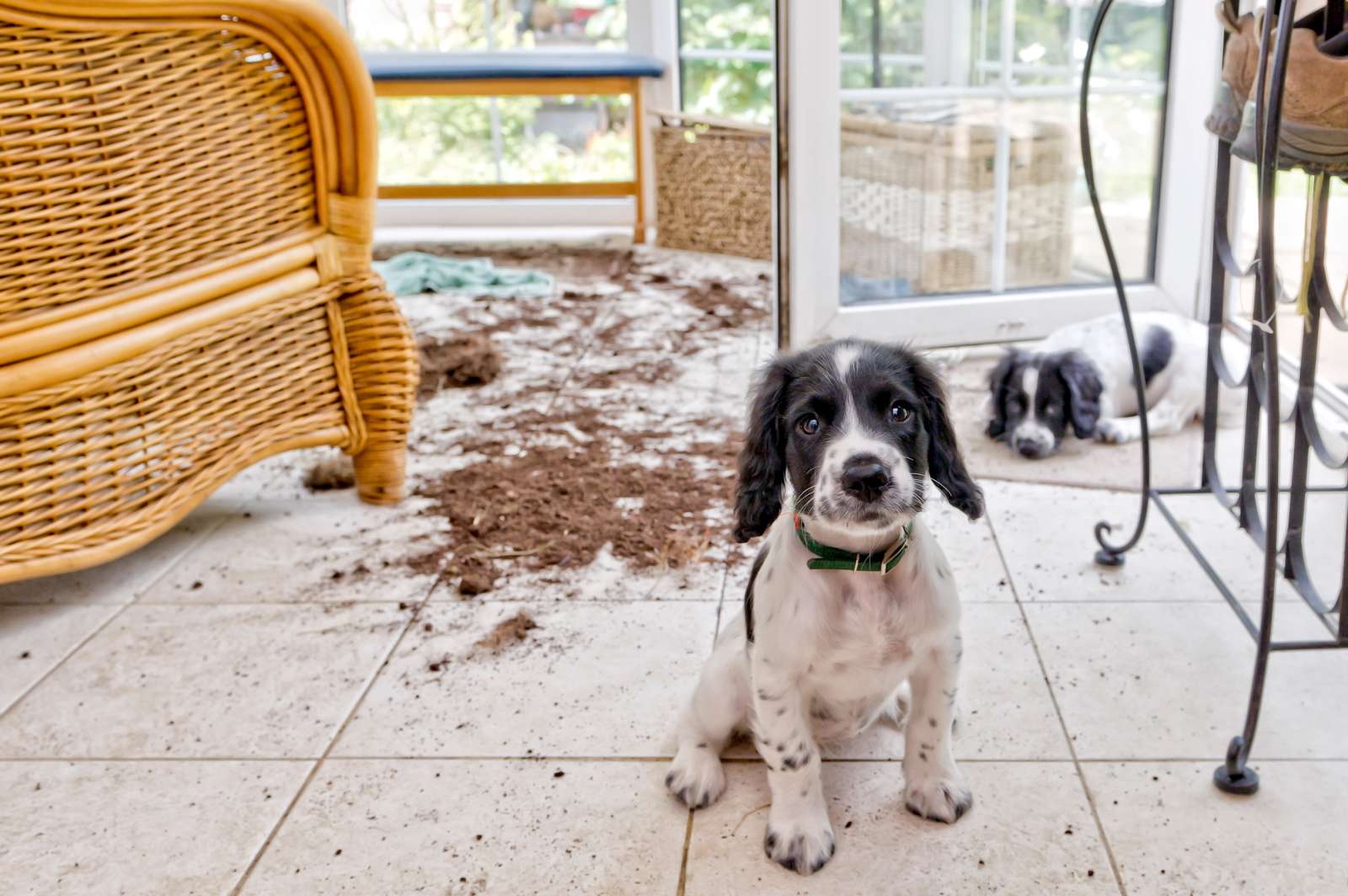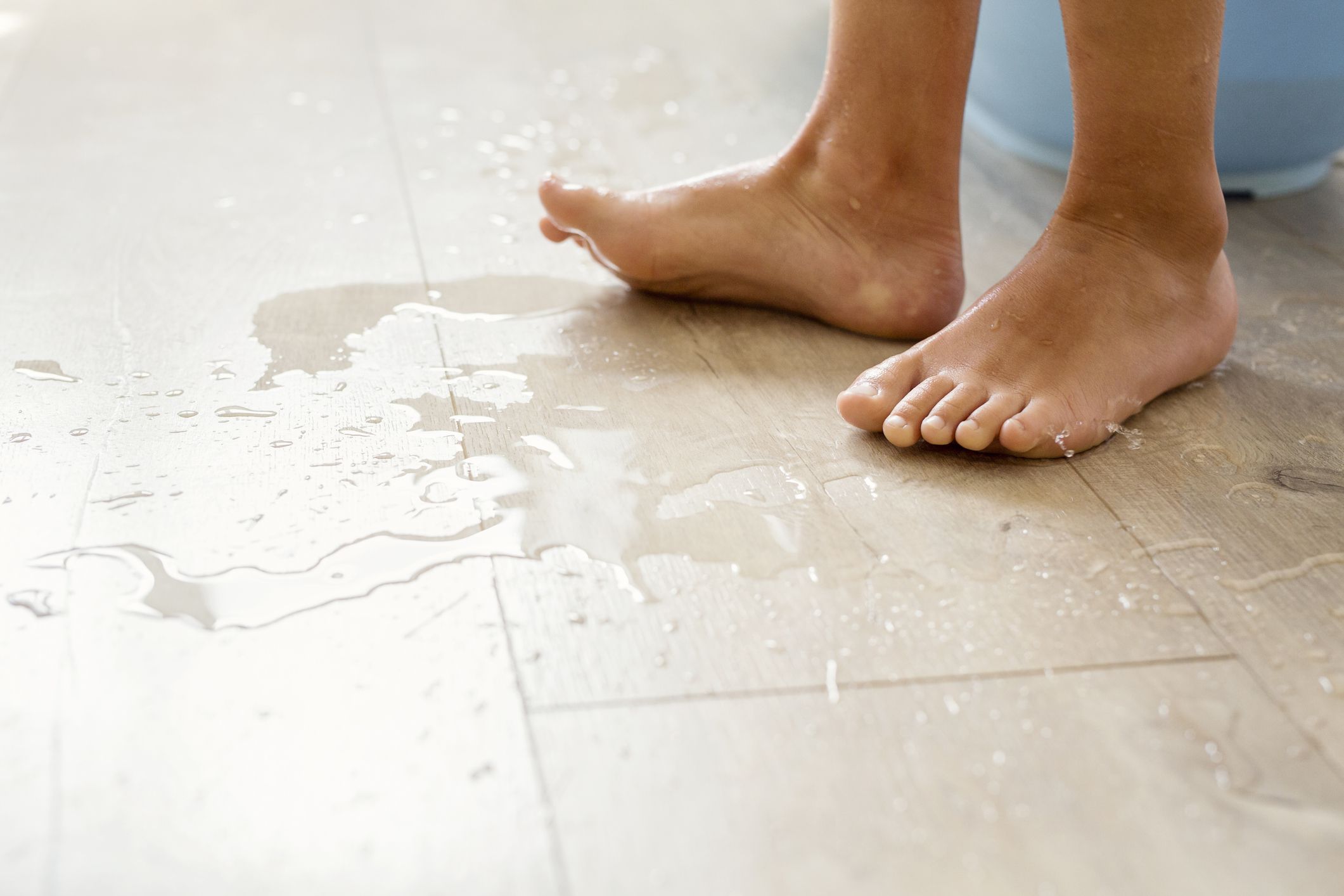Before purchasing tiles, we recommend checking the product's abrasion and slip resistance depending on the installation location.
The abrasion resistance and its suitability according to the recommended installation location can be checked for glazed tiles according to the PEI scale, and for full body tiles, the scale used is Mohs.

PEI Scale for Glazed Tiles
The PEI scale indicates the ability of glazed tile surfaces to withstand continuous traffic depending on the area of use. Essentially, this scale shows resistance to abrasive wear caused by dirt/sand on the tile surface depending on the so-called traffic intensity and location. This scale also considers the possibility of scratches caused by moving objects/equipment on the tile surface. According to this scale, the durability of glazed porcelain tiles is classified into 5 categories:
PEI I - tiles for surfaces with light traffic and surfaces not in contact with dirt that causes abrasive wear, e.g., bedrooms and bathrooms.
PEI II - tiles for areas with light traffic. Tiles come into contact with home use from low to medium intensity traffic/abrasion caused by dirt. Suitable for living rooms, for example. There should be cleaning areas before entrances. Not a recommended solution if you have pets that bring dirt and sand into the rooms with their fur.
PEI III - tiles for living rooms with medium to high traffic. These tiles have medium abrasion resistance and are well-suited for most home areas, e.g., entrances, corridors, kitchens, living spaces, etc.
PEI IV - Tiles for medium-intensity traffic in public areas. Suitable for use in restaurants, commercial spaces, offices, etc.
PEI V - Tiles for areas with particularly intense traffic, e.g., shopping centers, schools, airports, factories, etc.
Although PEI I and II are ideally allowed for home use even on floors with low usage intensity according to this scale, we recommend using these solutions rather for wall coverings. This is purely based on the fact that tile installation is quite expensive, labor-intensive, and dusty. The cost of materials, service expense, and the time involved should be in a reasonable balance.
For determining the scratch resistance of unglazed through-body tiles, the MOHS scale is referred to.
The MOHS scale essentially evaluates the scratch resistance of various materials on a scale from 1 (talc) to 10 (diamond). According to the MOHS scale, the resistance of unglazed through-body tiles to potential scratches corresponds to a result of 7. A result of 7 on this scale means that through-body tiles can be successfully scratched by only three materials: topaz, corundum, and diamond. Based on this information, it can be concluded that it is a material highly resistant to scratches. However, special circumstances where particularly high pressure/mass and minimal contact surface may alter the fact should be kept in mind.
Tile Slip Resistance of tiles.
Here we present the 2 main slip resistance classes and their suitability according to the location of use.
DIN51330 normative for slip resistance classes R9-R13.
Tiles are divided into slip resistance classes from R9 to R13 according to the DIN51330 normative. These classes indicate the safe inclination angle for moving or standing on an oil-covered tile surface with shoes. These classes were previously considered primarily for public spaces, but nowadays, they are often also applied to home use indoors for selecting floor tiles in entrances, kitchens, bathrooms, or outdoors for terraces, stairs, etc., based on this classification.
R9: these tiles have low slip resistance. The safe inclination angle for stepping or standing on the tiles with shoes is between six and ten degrees. For home use, R9 slip resistance tiles are suitable for dry areas such as living areas and bedrooms.
R10: medium slip resistance tiles. The safe inclination angle for stepping or standing on the tiles with shoes is between 10 and 19 degrees. R10 tiles are considered safe for surfaces that come into contact with high humidity or splashes, such as stairs, storage rooms, foyers, laboratories, etc. For home use, it is suitable for floors in bathrooms, kitchens, entrances, or garages.
R11: The safe inclination angle for stepping or standing on the tiles with shoes is between 19 and 27 degrees. R11 slip resistance tiles can be used in public spaces where there is a risk of substances spilling or splashing onto the tile surface. Suitable places for use include large kitchens and floors of catering establishments, laundries, etc. For home use, R11 tiles are recommended for outdoor surfaces such as terraces, stairs, etc.
R12: The safe inclination angle for stepping or standing on the tiles with shoes is between 27 and 35 degrees. Suitable for spaces with steeper slopes and a high risk of slipping.
R13: The safe inclination angle for stepping or standing on the tiles with shoes is over 35 degrees.
In bathrooms, an R10 slip resistance class is sufficient for floor use. However, for additional safety in shower rooms, tiles with an R11 slip resistance class can be used or smaller format tiles can be chosen as the joints between the tiles add slip resistance.

DIN51907 standard for slip resistance classes A, B, and C.
Additionally, the DIN51907 standard for slip resistance with designations A, B, and C is common. These classes indicate the safe inclination angle for moving or standing on a water-covered tile surface with bare feet.
A: Slip resistance class tiles are suitable for surfaces that occasionally get wet. The safe inclination angle for stepping or standing barefoot is 12 to 18 degrees.
B: Tiles with this slip resistance are recommended for surfaces that are often wet, such as shower room floors. The safe inclination angle for stepping or standing barefoot is 18 to 24 degrees.
C: Tiles with this slip resistance are recommended for surfaces that are constantly wet, such as around swimming pool areas or outdoor pools and stairs leading to the pool. The safe inclination angle for stepping or standing barefoot is over 24 degrees.